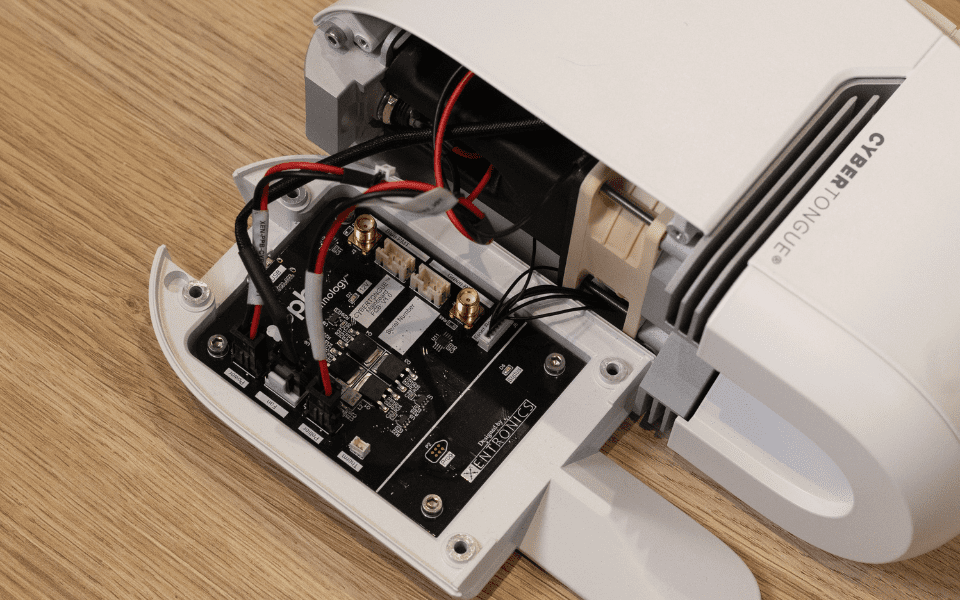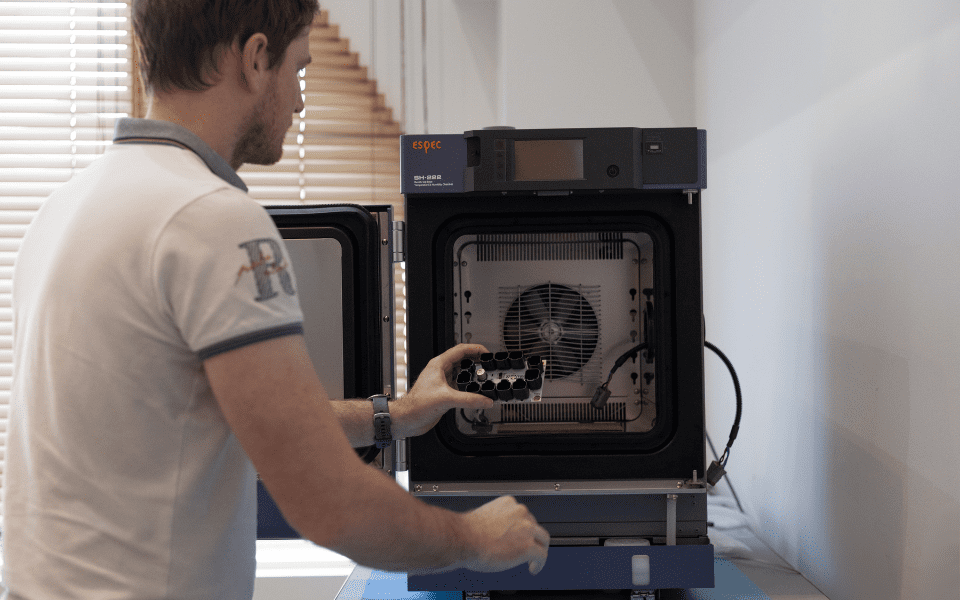A rigorous approach to systems engineering delivers the reliability that you can expect from Xentronics in developing an electronic product. We break down complex products and projects with multiple participants into manageable parts and oversee the system integration process to ensure seamless operation across the whole product.
Systems engineering delivers control of every aspect of the product design process, aligning business needs and enterprise processes with engineering execution and project management. We introduce lean systems engineering into every single product, no matter how simple or complex.

Systems engineering is designed to address all the complexities of smart devices connected to multiple other systems. There are some key principles we advocate at Xentronics:


We engage deeply with the owners and key stakeholders of a business to help them fully own and drive the product development process, including systems engineering. Here are some key reasons senior management should pay close attention to and demand a rigorous systems engineering approach:

At Xentronics, systems engineering is a foundational process that drives how we collaborate with our clients. Systems engineers typically need to work with every stakeholder that is involved in the system, so better collaboration is vital for project success. Here are some key principles:


Sound systems engineering relies on rigorous processes and tools, so building this capability in-house brings long-term value. However, if these aren’t in place yet, outsourcing can provide the structure and expertise needed to support your project effectively.
While systems engineering requires upfront effort, it consistently reduces costly rework, delays, and failures – saving money across the full product lifecycle. Far from being overhead, it’s an investment in efficiency and reliability.
Yes – a QMS complements systems engineering by providing the governance, audits, and documentation discipline that ensures consistent, compliant results. Together they strengthen both process control and product quality.
Agile accelerates iteration, while systems engineering ensures structure and alignment across the whole product. Used together, they balance speed with the rigour needed for complex product development.
Even with a design in place, systems engineering manages integration, verifies requirements, and addresses risks that can emerge late in development. It ensures your product not only works as designed but succeeds in the real world. Everyone involved in design and development of products is always doing systems engineering – so, it’s important to be aware of it and embrace it, rather than tiptoe around reality.
Learn more about our other capabilities that support our product development services